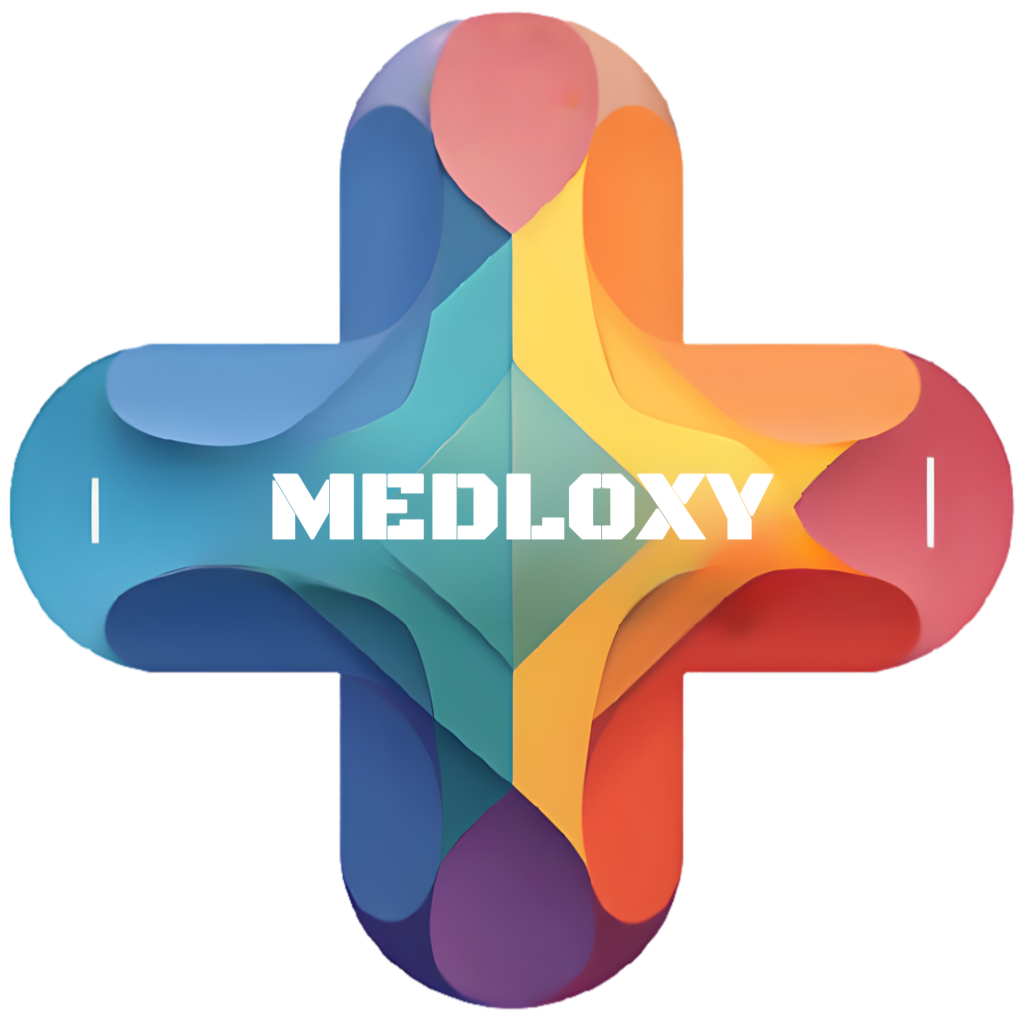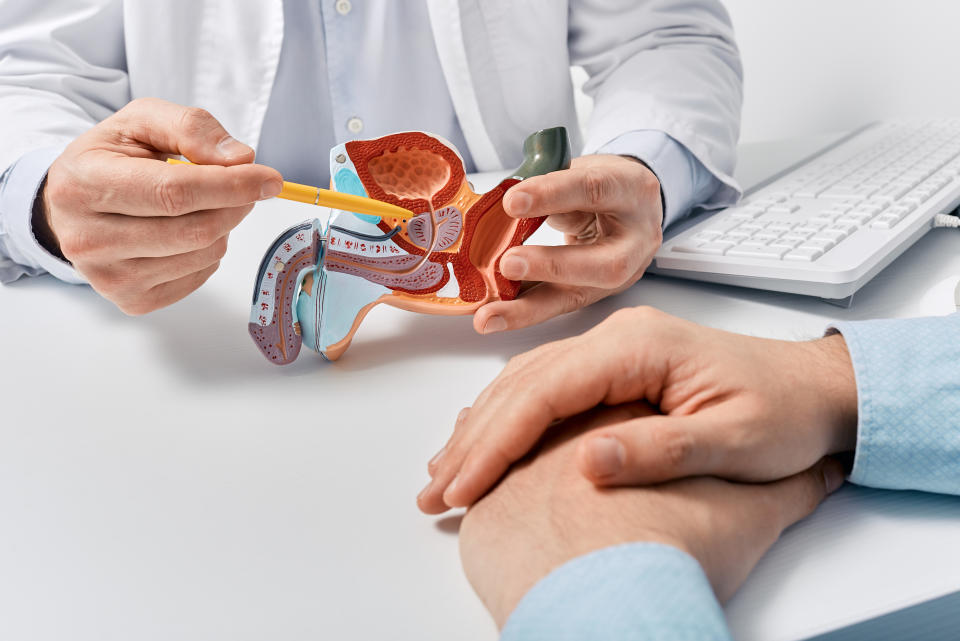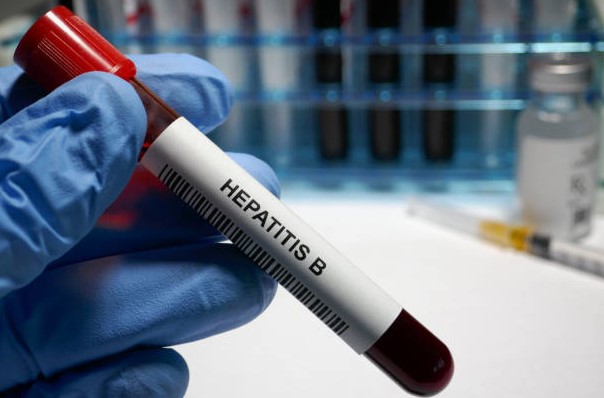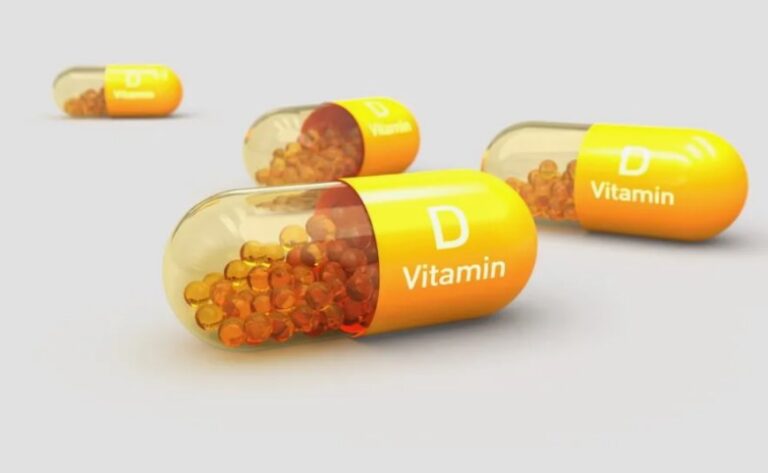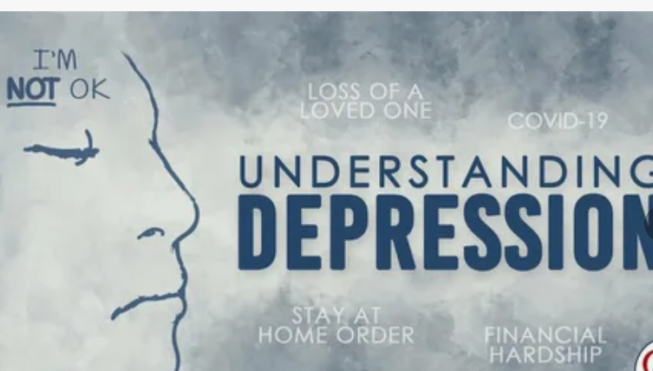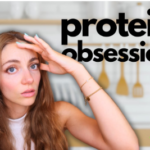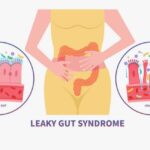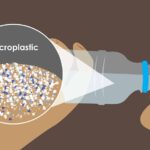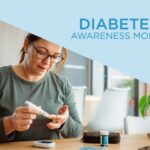Discover the controversial link between dairy consumption and prostate cancer risk, including scientific evidence, hormonal mechanisms, and dairy alternatives for prevention.
Introduction
Prostate cancer has become one of the most significant health challenges facing men today, with about 1 in 8 men diagnosed during their lifetime. While age, genetics, and ethnicity are well-established risk factors, emerging research points to dietary choices – particularly dairy consumption – as a major modifiable risk factor that receives surprisingly little attention in clinical settings.
This comprehensive 5,000-word report examines the compelling scientific evidence linking dairy products to increased prostate cancer risk, explores the biological mechanisms behind this connection, and provides practical alternatives for men concerned about their prostate health. We’ll also investigate why this critical information isn’t more widely discussed in oncology circles and how the dairy industry has influenced nutritional science.
The Growing Prostate Cancer Epidemic
Prostate cancer incidence has risen dramatically over the past century, particularly in Western nations. Some key statistics:
- In 2023, there were approximately 288,300 new cases in the United States alone
- About 34,700 deaths annually from prostate cancer
- Incidence rates are 60% higher in North America and Europe compared to Asia
- African-American men have the highest incidence rates globally
This geographical variation strongly suggests environmental and lifestyle factors play a significant role beyond just genetics. Migration studies show that when men move from low-risk to high-risk countries, their prostate cancer rates increase to match the new environment within a generation, pointing to dietary changes as a likely contributor.
Dairy Consumption Trends Worldwide
Dairy consumption patterns show striking parallels with prostate cancer incidence:
- Highest consumption: Finland, Sweden, Netherlands (300-400 kg per capita annually)
- Moderate consumption: United States, Canada (250-270 kg)
- Low consumption: China, Japan (20-40 kg)
- Traditional Asian diets contained virtually no dairy until recent Westernization
The global dairy market continues to expand, valued at $893 billion in 2023, with powerful economic interests promoting increased consumption worldwide. This growth coincides with rising prostate cancer rates in developing nations adopting Western dietary patterns.
The Science Linking Dairy to Prostate Cancer
Major Epidemiological Studies
- Health Professionals Follow-Up Study (Harvard)
- 21,660 male participants tracked for 28 years
- Men consuming >2.5 dairy servings/day had 32% higher risk of advanced prostate cancer
- Skim milk showed strongest association
- Adventist Health Study-2
- Compared 5,000 vegan men to dairy consumers
- Vegans had 35% lower prostate cancer risk
- Dose-response relationship observed
- European Prospective Investigation into Cancer and Nutrition (EPIC)
- 142,251 men across 8 European countries
- High dairy intake associated with 22% increased risk
Meta-Analyses and Systematic Reviews
A 2022 meta-analysis in The American Journal of Clinical Nutrition pooled data from 32 studies:
- Total dairy intake increased risk by 7% per 400g/day
- Milk specifically increased risk by 12% per 200g/day
- Cheese and butter showed weaker associations
Biological Plausibility
Several mechanisms explain how dairy may promote prostate cancer:
- IGF-1 stimulation – Dairy consumption increases circulating IGF-1 by 10-20%
- Calcium overload – Inhibits protective vitamin D activation
- Hormonal exposure – Commercial milk contains estrogen and progesterone
- Inflammatory effects – Saturated fats and milk proteins may promote inflammation
Hormonal Mechanisms: How Dairy Fuels Cancer Growth
IGF-1: The Cancer Accelerator
Insulin-like Growth Factor 1 is a powerful mitogen that:
- Stimulates prostate cell proliferation
- Inhibits apoptosis (programmed cell death)
- Promotes angiogenesis (tumor blood supply)
Dairy proteins (especially casein) increase IGF-1 production. A 2021 study in Cancer Epidemiology found:
- Men in the highest quartile of IGF-1 levels had 40% higher risk
- Each 10 ng/mL increase in IGF-1 raised risk by 9%
Estrogen and Xenoestrogens in Milk
Modern dairy practices have dramatically increased estrogen content:
- 75% of commercial milk comes from pregnant cows
- Contains 10x more estrogen than milk from non-pregnant cows
- Plastic packaging leaches additional xenoestrogens
These estrogens may:
- Stimulate estrogen receptors in prostate tissue
- Disrupt normal androgen signaling
- Promote tumor growth in hormone-sensitive cancers
Calcium and Vitamin D Interference
Excessive calcium from dairy:
- Suppresses 1,25-dihydroxyvitamin D production
- Vitamin D normally helps regulate prostate cell growth
- Optimal range appears to be 600-1000 mg/day (not the 1200+ mg often recommended)
A 2023 study in Clinical Nutrition found:
- Men with calcium intake >1500 mg/day had 28% higher risk
- Vitamin D levels were inversely associated with risk
Dairy Products Breakdown: Which Are Most Risky?
Fluid Milk
- Strongest epidemiological association
- Skim milk may be worse than whole (higher protein content)
- Organic vs conventional shows minimal difference in risk
Cheese
- Concentrated source of dairy proteins
- Fermented cheeses may have slightly different effects
- Hard cheeses typically higher in calcium
Yogurt
- Some probiotic benefits may mitigate risk
- Still contains IGF-1 elevating proteins
- Often high in added sugars
Butter and Cream
- Less studied than other dairy products
- Higher fat content may have different metabolic effects
- Often consumed in smaller quantities
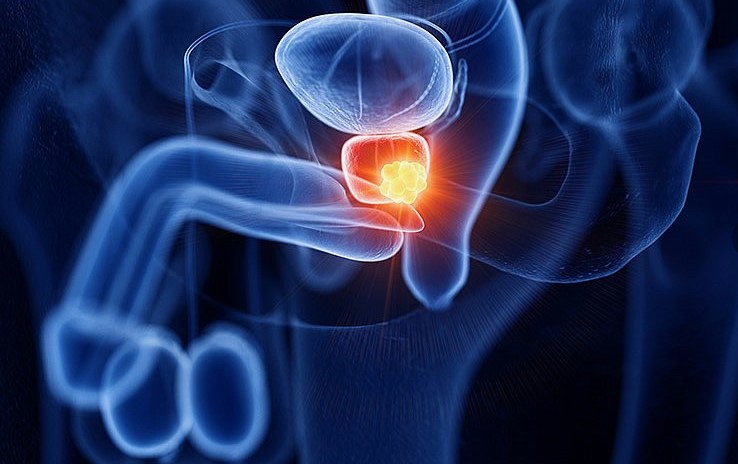
The Dairy Industry’s Influence on Cancer Research
The dairy industry spends hundreds of millions annually on research and marketing:
- Funding Bias
- Industry-funded studies 4x more likely to find neutral/positive results
- Selective publication of favorable findings
- Marketing Myths
- “Milk builds strong bones” (evidence is mixed)
- “Complete protein” (plant sources can provide all essential amino acids)
- “Natural” (modern dairy production is far from natural)
- Regulatory Capture
- Dairy representatives on dietary guideline committees
- School lunch program requirements
- Agricultural subsidies distorting market prices
Why the Medical Community Overlooks This Connection
Several factors contribute to this knowledge gap:
- Medical Education Deficits
- Average physician receives <20 hours of nutrition training
- Focus on pharmacology over lifestyle medicine
- Specialization Silos
- Oncologists focus on treatment, not prevention
- Nutritionists rarely work in cancer centers
- Institutional Resistance
- Challenging dietary dogma is professionally risky
- Reimbursement systems don’t reward preventive counseling
- Cultural Factors
- Dairy is deeply embedded in Western food culture
- Vegetarian/vegan diets still viewed as fringe by many
Global Patterns: Prostate Cancer vs. Dairy Consumption
A striking geographical correlation exists:
High Dairy/High Prostate Cancer
- Scandinavia
- Western Europe
- North America
Low Dairy/Low Prostate Cancer
- Traditional Asian diets
- Parts of Africa
- Rural South America
Migration studies show:
- Japanese men in Japan: Low risk
- Japanese men in Hawaii: Intermediate risk
- Japanese men in California: High risk
This gradient suggests environmental (likely dietary) factors outweigh genetic predisposition.
Dairy Alternatives for Prostate Health
Plant-Based Milk Options
- Soy Milk
- Contains protective isoflavones
- Comparable protein content to dairy
- Choose unsweetened varieties
- Almond Milk
- Low calorie
- Naturally high in vitamin E
- Often fortified with calcium
- Oat Milk
- Creamy texture
- Contains beta-glucans (heart healthy)
- Watch for added sugars
- Hemp Milk
- Good omega-3 to omega-6 ratio
- Contains all essential amino acids
- Earthy flavor profile
Calcium-Rich Non-Dairy Foods
- Leafy greens (kale, collards)
- Fortified plant milks
- Almonds and sesame seeds
- Tofu (calcium-set)
- Figs and oranges
Protein Substitutes
- Legumes (lentils, chickpeas)
- Whole soy foods (tempeh, edamame)
- Nuts and seeds
- Ancient grains (quinoa, amaranth)
The Role of Other Dietary Factors
While dairy appears significant, other dietary factors also influence prostate cancer risk:
Red and Processed Meats
- Associated with 10-20% increased risk
- Potential mechanisms:
- Heme iron
- Advanced glycation end products
- Cooking carcinogens (HCAs, PAHs)
Cruciferous Vegetables
- Broccoli, cauliflower, Brussels sprouts
- Contain sulforaphane (potent anti-cancer compound)
- Associated with 40% lower risk in some studies
Soy and Phytoestrogens
- May modulate estrogen metabolism
- Traditional Asian intake: 25-50mg isoflavones/day
- Western intake: <5mg/day
Omega-3 Fatty Acids
- Anti-inflammatory effects
- May slow cancer progression
- Best sources: Fatty fish, flaxseeds, walnuts
Case Studies: Men Who Improved Their PSA Levels
Case 1: 58-Year-Old with Rising PSA
- Baseline PSA: 6.2 ng/mL
- Eliminated all dairy products
- Increased cruciferous vegetable intake
- 6-month follow-up PSA: 4.1 ng/mL
Case 2: 65-Year-Old on Active Surveillance
- Gleason 3+3 prostate cancer
- Switched to entirely plant-based diet
- PSA velocity decreased from +0.8/year to +0.2/year
- MRI shows stable disease at 3 years
Case 3: 70-Year-Old with Biochemical Recurrence
- Post-prostatectomy PSA rising
- Adopted Mediterranean-style dairy-free diet
- PSA doubling time increased from 12 to 24 months
Practical Guide: Reducing Dairy in Your Diet
Step 1: Awareness
- Keep a 3-day food diary
- Identify all dairy sources (including hidden ingredients)
Step 2: Gradual Reduction
- Start by eliminating fluid milk
- Then reduce cheese consumption
- Finally address yogurt and cream
Step 3: Substitution
- Try different plant milks to find preferences
- Experiment with nutritional yeast for cheesy flavor
- Use avocado or hummus as spreads instead of butter
Step 4: Monitoring
- Track PSA changes (if applicable)
- Note energy levels and digestion
- Adjust protein sources as needed
Frequently Asked Questions
Q: Is organic dairy safer?
A: Marginally, but still contains IGF-1 and hormones. Risk reduction is minimal.
Q: What about fermented dairy like kefir?
A: Some probiotic benefits, but still carries prostate cancer risk.
Q: How much dairy is “safe”?
A: No established safe threshold. Minimal to none appears optimal.
Q: Won’t I lack calcium without dairy?
A: Many plant foods provide calcium without the risks.
Q: Are plant milks processed and unhealthy?
A: Some are, but unsweetened varieties of almond, soy or oat milk are healthy choices.
Conclusion
The scientific evidence linking dairy consumption to increased prostate cancer risk is substantial and biologically plausible, yet remains conspicuously absent from most clinical discussions about prostate cancer prevention and management. While more research is always welcome, the consistency of observational data across diverse populations, combined with well-understood mechanistic pathways, suggests that reducing or eliminating dairy may be one of the most impactful dietary changes men can make for prostate health.
The dairy industry’s influence on nutritional research and dietary guidelines has likely contributed to this critical gap in patient education. As consumers become more aware of these connections, and as plant-based alternatives continue to improve in quality and availability, we may see a shift in both consumption patterns and prostate cancer epidemiology.
For men concerned about prostate health – whether for prevention, active surveillance, or after treatment – eliminating dairy products represents a low-risk, potentially high-reward dietary modification that deserves serious consideration alongside other evidence-based lifestyle.
